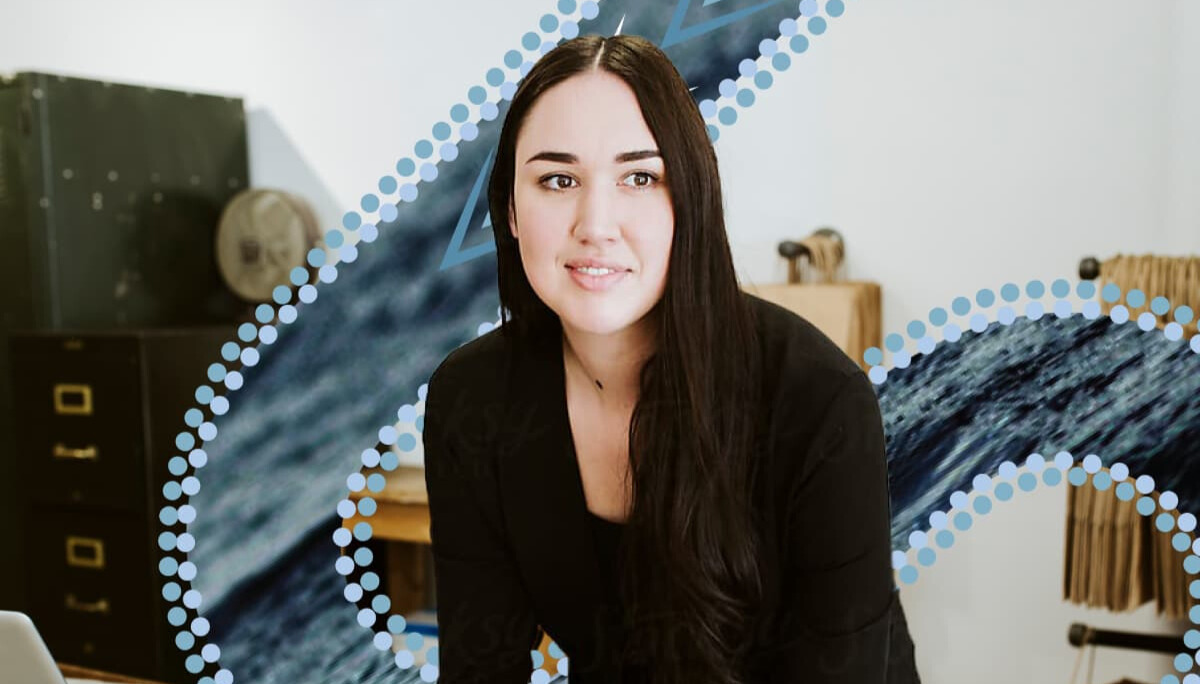The Schulich ExecEd Digest
Tap into what’s happening at Schulich ExecEd. From the latest news to insights written by our instructors, there’s lots of thought-provoking content waiting to be enjoyed.

April 16, 2025
Schulich ExecEd and CUOA Business School: Uniting Global Leaders
Schulich ExecEd and CUOA Business School from Veneto, Italy, are excited to partner for the second consecutive year to launch the dynamic Certificate in Leading Global Teams and Strategy program...
April 15, 2025
Schulich ExecEd & IPAC 2025: Renewing Our Commitment to Ethical Leadership
April 10, 2025
Schulich ExecEd & Skills/Compétences Canada: Empowering the Future of Leadership and Skills in 2025
February 27, 2025
Schulich ExecEd and Metrolinx Named Finalist for “People Development Programme of the Year” at The Learning Awards

April 16, 2025
Schulich ExecEd and CUOA Business School: Uniting Global Leaders
Schulich ExecEd and CUOA Business School from Veneto, Italy, are excited to partner for the second consecutive year to launch the dynamic Certificate in Leading Global Teams and Strategy program...
April 15, 2025
Schulich ExecEd & IPAC 2025: Renewing Our Commitment to Ethical Leadership
April 10, 2025
Transformational Leadership: How to Evolve Your Leadership Style and Drive Change In Your Organization
April 10, 2025
Schulich ExecEd & Skills/Compétences Canada: Empowering the Future of Leadership and Skills in 2025
Sign Up to The Schulich ExecEd Digest Newsletter
Enter your email and get fresh news and insights from the Schulich ExecEd team, delivered monthly to your inbox.
















